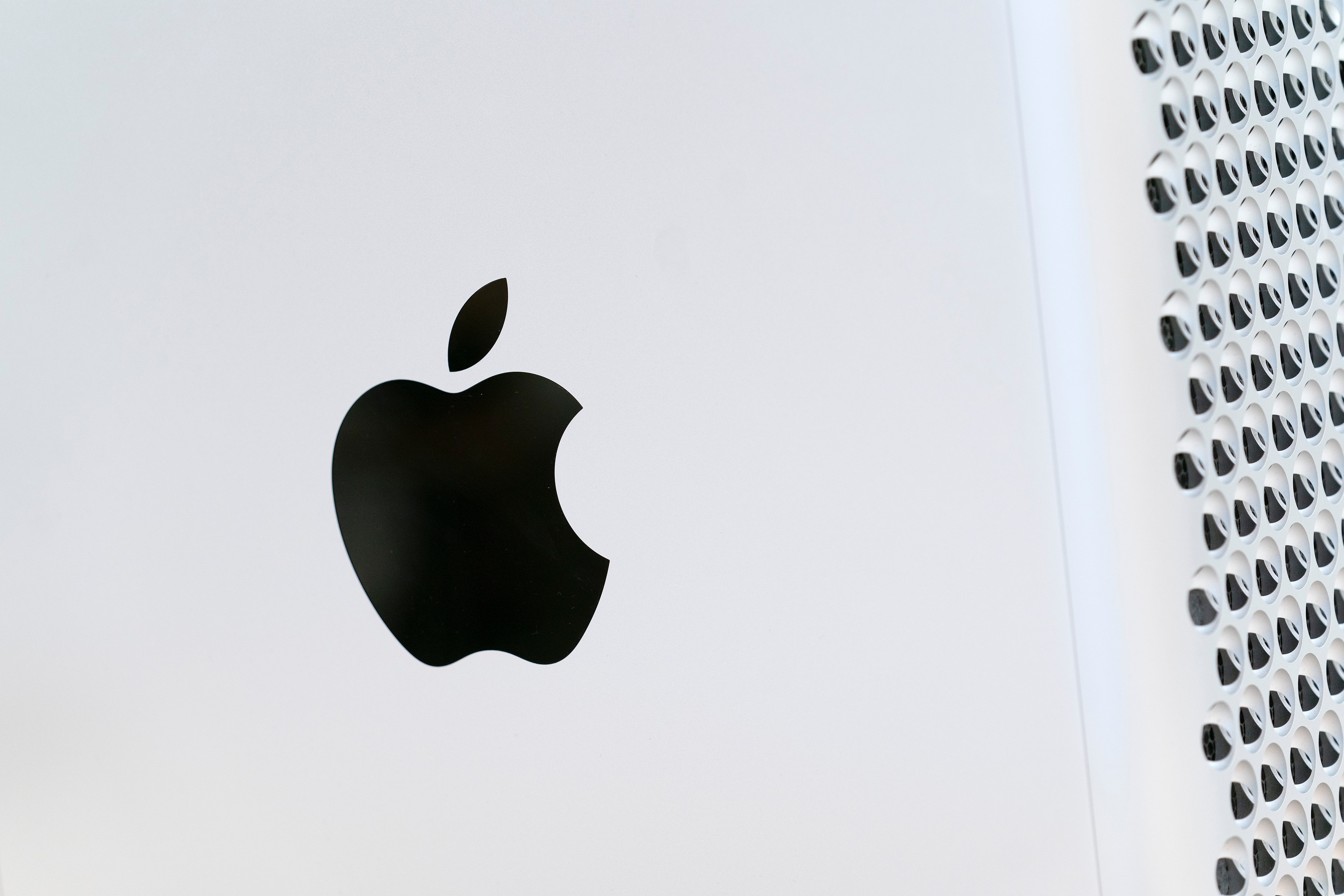Apple’s VR headset compromises power for portability - report
Apple executives wanted a standalone device while augmented and virtual reality lead Mike Rockwell wanted it to have more power

Your support helps us to tell the story
From reproductive rights to climate change to Big Tech, The Independent is on the ground when the story is developing. Whether it's investigating the financials of Elon Musk's pro-Trump PAC or producing our latest documentary, 'The A Word', which shines a light on the American women fighting for reproductive rights, we know how important it is to parse out the facts from the messaging.
At such a critical moment in US history, we need reporters on the ground. Your donation allows us to keep sending journalists to speak to both sides of the story.
The Independent is trusted by Americans across the entire political spectrum. And unlike many other quality news outlets, we choose not to lock Americans out of our reporting and analysis with paywalls. We believe quality journalism should be available to everyone, paid for by those who can afford it.
Your support makes all the difference.Apple has reportedly chosen to build a less powerful virtual reality headset than was technically possible in order to bring out a standalone product.
A new report from The Information suggests that Apple had to decide between going with a more powerful VR headset that would require a base station or one that could be used without one.
Apple’s augmented and virtual reality lead Mike Rockwell reportedly wanted to push forward with the more powerful device – which included an early version of the M1 Ultra processor – but Apple executives pushed for a standalone device.
This meant that, when the decision was made, Apple had developed multiple chips that could serve the various purposes of the headset which made it impossible to pivot to a single chip that could handle everything the headset could do.
“Other challenges, such as incorporating 14 cameras on the headset, have caused headaches for hardware and algorithm engineers,” The Information reported.
Last week, it was reported that Apple’s board had been shown the upcoming augmented reality headset with rumours that – if it is not ready for Apple’s WWDC event next month – it could launch shortly after.
The company is also speeding up development on rOS, which stands for reality operating system and makes up the software that will power the headset, the report claimed.
It is suggested that the device will combine the real world with virtual objects, with developers putting maps or other objects on top of the real world. Rumours also predict the headset could adapt other design elements from existing Apple products such as the mesh from the AirPods Max and use a similar system for the headband as in the Apple Watch straps.
Previous reports have suggested that the augmented reality headset will be as powerful as the Mac and be able to operate independently without relying on a Mac or an iPhone, and supports a “comprehensive range of applications rather than specific applications” – although it is now unclear whether this would refer to a more powerful device or the standalone one that might be coming.
Apple did not respond to a request for comment from The Independent before time of publication.
Join our commenting forum
Join thought-provoking conversations, follow other Independent readers and see their replies
Comments